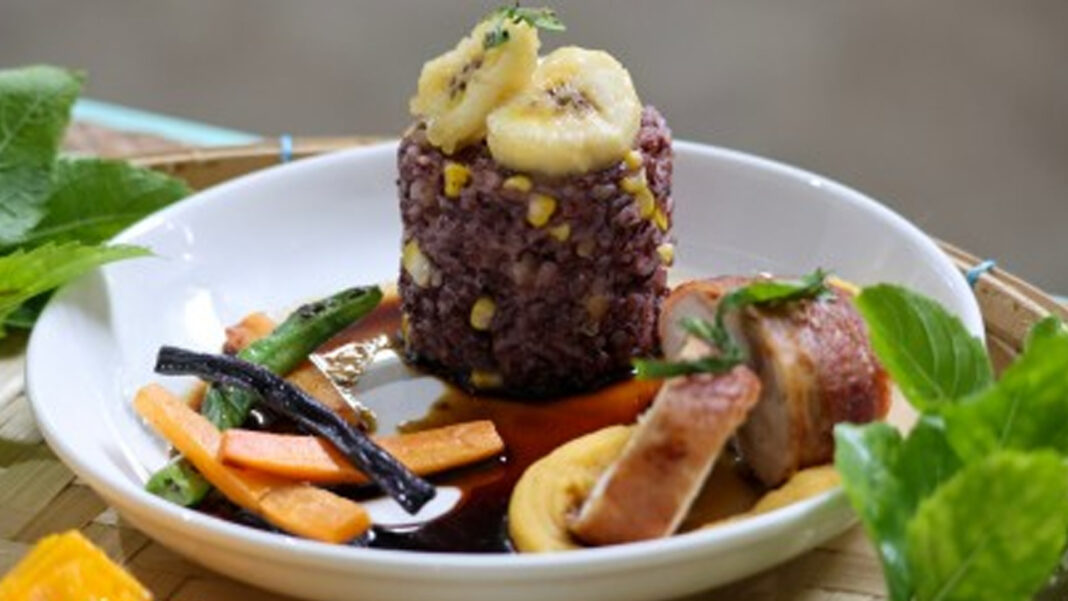The Department of Agriculture in Western Visayas (DA-6) marked the National Rice Awareness Month (NRAM) celebration with a series of activities that will culminate with the “Power Run for Rice” on Saturday.
In an interview on Thursday, DA-6 agri-fishery information section chief James Earl Ogatis said that the 5-kilometer fun run is open to farmers, DA employees, the private sector, and anyone interested in joining.
There will be the top three winners for finishers in the male and female categories, the oldest and youngest finishers and the most captivating runner.
There will also be over 50 bags of 10 kilos and 25 kilos of well-milled rice and Be RICEponsible freebies to be raffled off.
Meanwhile, DA will continue to accept entries for the Be RICEponsible photo contest, which is open to amateur and professional photographers from this region.
“They will submit five photos depicting our theme, ‘A,B,K,D,’ and support to the local farmers,” he said, adding that they have to post them on their Facebook account and submit them to the DA’s info email address.
“A” stands for adlay, mais, saba, etc., or the staples that are mixed with rice; “B” is for brown rice ang kainin (eat brown rice); “K” is for kanin (rice), which should not be wasted; and D for dapat bigas ng Pilipinas ang bilhin (Philippine rice should be purchased).
Ogatis said the celebration is a venue to show respect to the sector, so farmers will continue to be inspired to plant palay and prevent or minimize wastage.
“Every Filipino wastes about six grams of rice every day. If we gather that, we can already feed millions of Filipinos,” Ogatis said.
It is also a venue to campaign for farmers to adopt climate change resilient rice varieties, and to remind the public to support local rice by directly sourcing their requirements from local farmers.
Last week, the DA also held a series of activities, including the distribution of information and education campaign materials with 10 kilos of local rice.
Every Wednesday, the agency holds a quiz bee among its employees to raise their awareness of the rice program, even if they are not directly involved in the initiative.
They also conducted a quiz bee and a cooking contest among farmers.
Participants for the cooking contest made use of brown rice mixed with alternative staples, such as adlay, banana, corn, cassava, and sweet potato, among others, to entice the younger generation to eat brown rice. (PNA)


